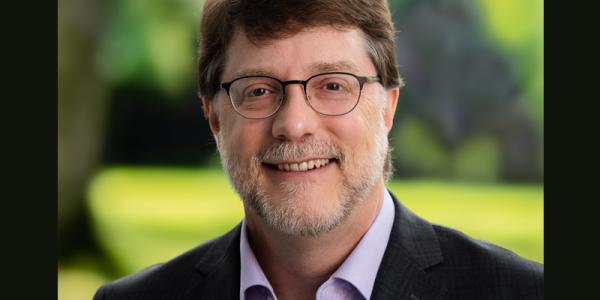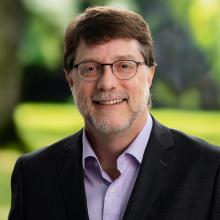
Ask Me Anything: The SLAC-Stanford-DOE Relationship, and the Role of Stanford’s Vice President for SLAC
Dr. Stephen Streiffer, Stanford University
The Department of Energy operates sixteen of its seventeen national laboratories under the government-owned, contractor-operated (GOCO) model. Under this model, Stanford holds the contract for the operation of SLAC, and is responsible for overseeing the performance of the laboratory and providing assurance to the Department of Energy that SLAC is delivering on its mission. The model has proved extremely successful over decades of operation across the DOE laboratory complex, firmly establishing the DOE national laboratories as world-leading scientific and technical institutions.
But what does the GOCO model mean in practice?
In this talk, I will go over the GOCO model as implemented in the relationship between SLAC, Stanford, and DOE. This will include an introduction to the roles and responsibilities of the partner institutions, and how the Stanford Vice President for SLAC facilitates this partnership. I will also provide a summary of my research background, and describe my vision for supporting the scientific and technical strategy of SLAC.
About Dr. Stephen Streiffer

Dr. Stephen Streiffer joined Stanford as the Vice President for SLAC National Accelerator Laboratory in June 2022. Prior to moving to Stanford, he spent 24 years at Argonne National Laboratory, beginning as an early-career scientist in Argonne’s Material Science Division. He served in a number of senior roles at Argonne, including as Associate Laboratory Director for Photon Sciences and director of the Advanced Photon Source (APS), one of the world’s most productive hard X-ray light sources, and concluding his time there as the lab’s Deputy Director for Science and Technology.
Dr. Streiffer’s scientific expertise is in nanostructured complex oxides and structural characterization of materials, particularly using transmission electron microscopy and X-ray scattering techniques. Overarching themes in his research program have included in situ studies of thin film growth, developing novel concepts to integrate oxide heterostructures, establishing a fundamental understanding of polar interfaces, and exploring how these interfaces may be manipulated to influence electronic and chemical function. He received his PhD in materials science and engineering from Stanford University in 1993 and his BS in materials science and engineering from Rice University in 1987.
Audience: Public

